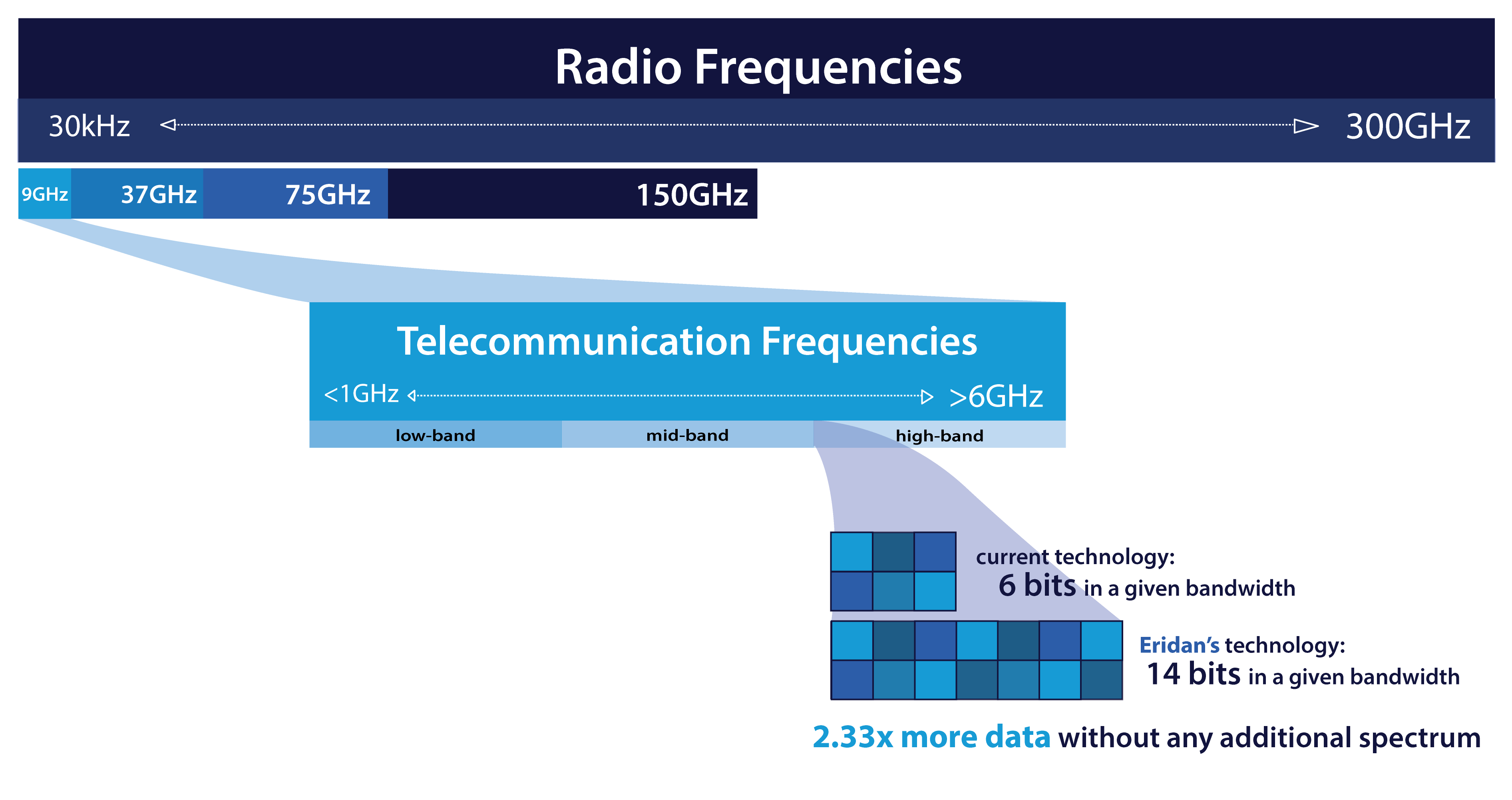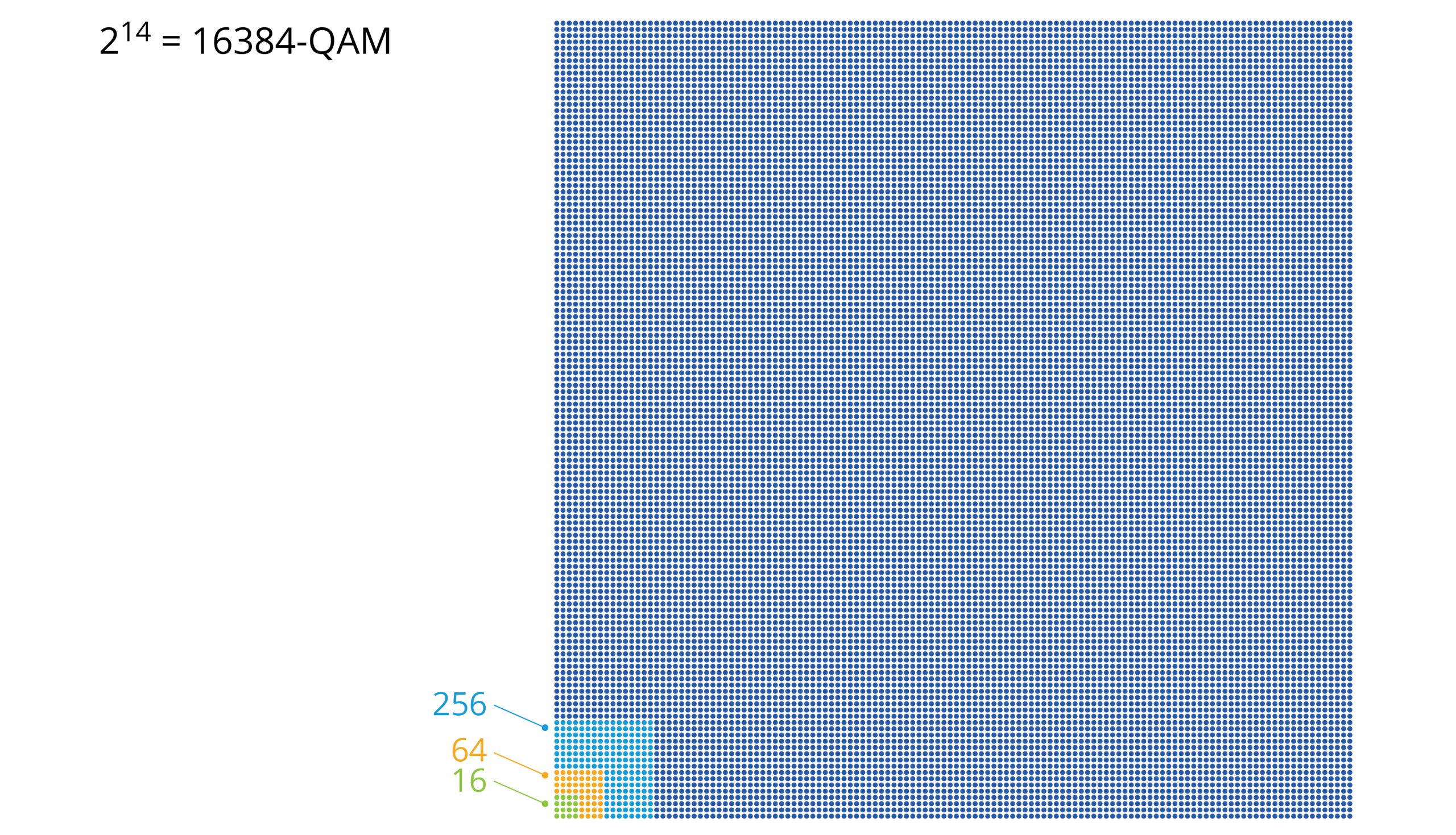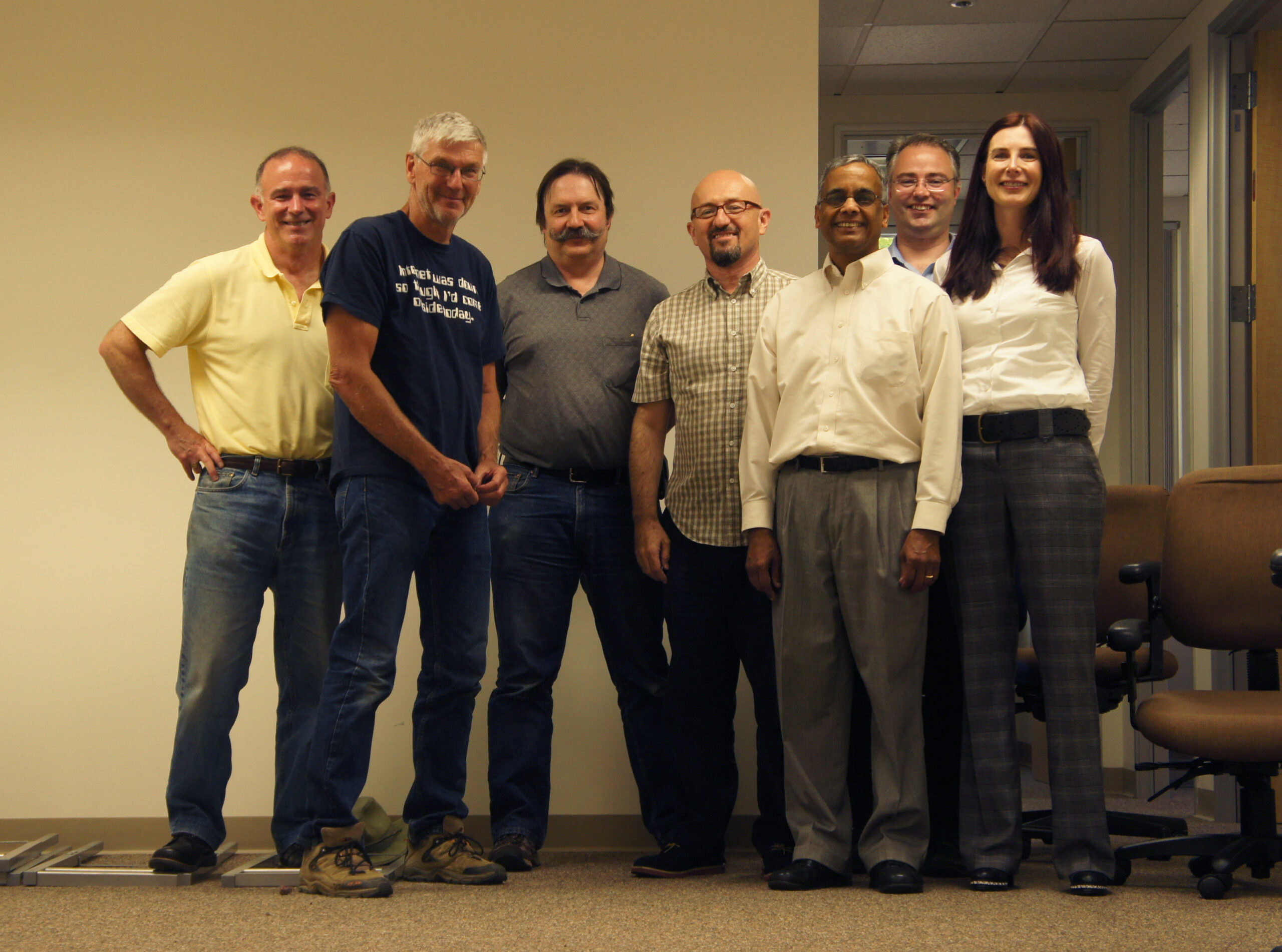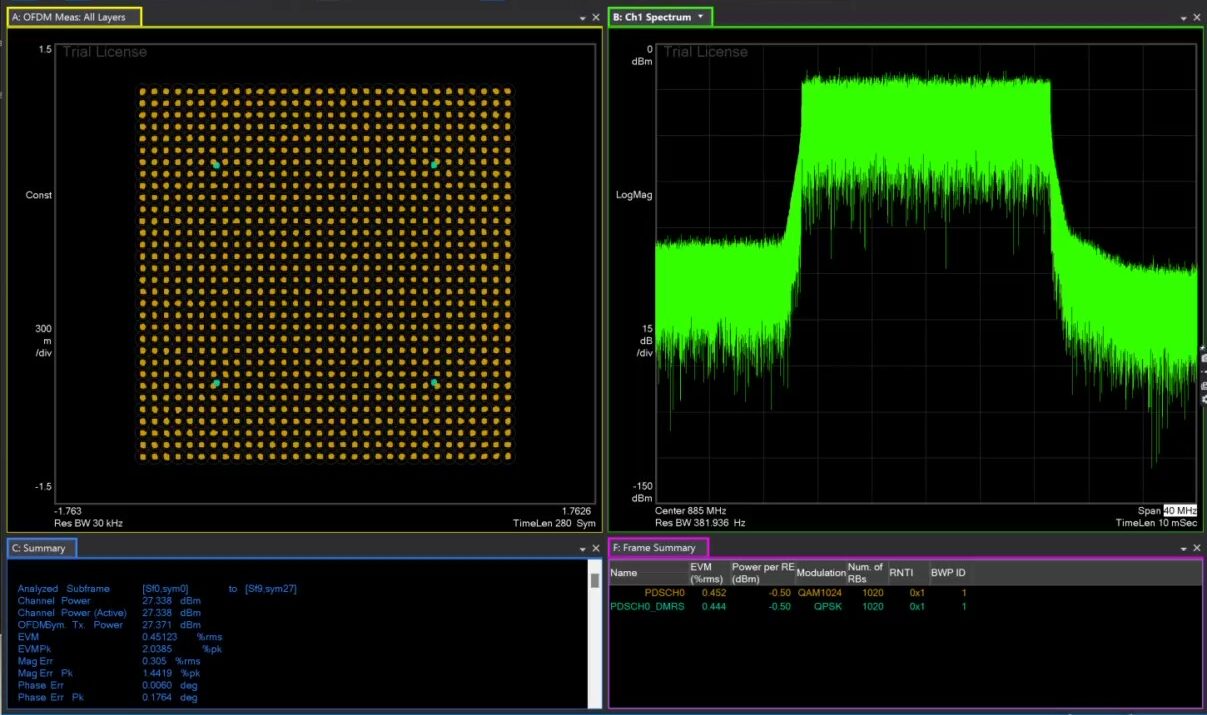
What’s spectrum?
Wireless signals, holding our voice calls, streaming videos, and social media updates, travel through the air at different radio frequencies. Those radio frequencies are known as spectrum, which is broken up and allocated to different applications based on frequency properties (capacity, speed, coverage, etc.) by policymakers. They then license the spectrum out to operators, and in the case of telecommunications, to mobile network operators (MNOs) such as Verizon or AT&T.
Where’s the spectrum constraint?
The Global System for Mobile Communications Association, GSMA, published a report in July 2021 recommending that policymakers allocate 2GHz of mid-band spectrum toward mobile communications by 2030 in order to keep up with the predicted demand for 5G. This makes sense given that mobile data traffic is currently growing at just under 50% CAGR (compound annual growth rate); however allocating an additional 2GHz of mid-band spectrum is not an easy task! Spectrum is a finite resource since there are only so many radio frequencies – 30kHz to 300GHz – and even fewer that are productive for telecommunications – between 1GHz and 6GHz. 5G technology is slowly moving into the millimeter wave range – 30GHz to 300GHz – but at these frequencies signals can’t go through obstacles like foliage, walls, or even your hand blocking the antenna, a characteristic that ultimately limits millimeter wave applications. This is all to say: it will only get harder to redirect spectrum toward telecommunications to meet the ever growing demand for data. At some point we need to start looking at using our existing spectrum more efficiently rather than using new spectrum inefficiently.
In comes Eridan.
Our MIRACLE module acts as a hyper efficient radio for telecommunication needs. And by efficient, we mean power-efficient and spectrum-efficient. The MIRACLE allows 2-4x more data to be encoded into the same amount of spectrum, reducing the need for new spectrum allocation.
 We do it by producing ultra-precise signals with minimal noise with which we can encode more data utilizing QAM, quadrature amplitude modulation. Higher order QAMs contain more data for the same amount of spectrum usage, but signal precision requirements grow exponentially with modulation order. While current technology can achieve 64-QAM resulting in 6 bits encoded, Eridan has achieved 16384-QAM resulting in 14 bits encoded (IEEE, Keysight).
We do it by producing ultra-precise signals with minimal noise with which we can encode more data utilizing QAM, quadrature amplitude modulation. Higher order QAMs contain more data for the same amount of spectrum usage, but signal precision requirements grow exponentially with modulation order. While current technology can achieve 64-QAM resulting in 6 bits encoded, Eridan has achieved 16384-QAM resulting in 14 bits encoded (IEEE, Keysight).
This level of precision and subsequent spectrum efficiency is the true solution to the inevitable constraint on spectrum.
Spectrum is a finite resource which must be utilized more efficiently and sustainably. Rather than continuing to allocate new spectrum to keep up with the current mobile network generation’s demands, at Eridan we provide the spectrum efficiency to keep up with the demands of future generations to come.

